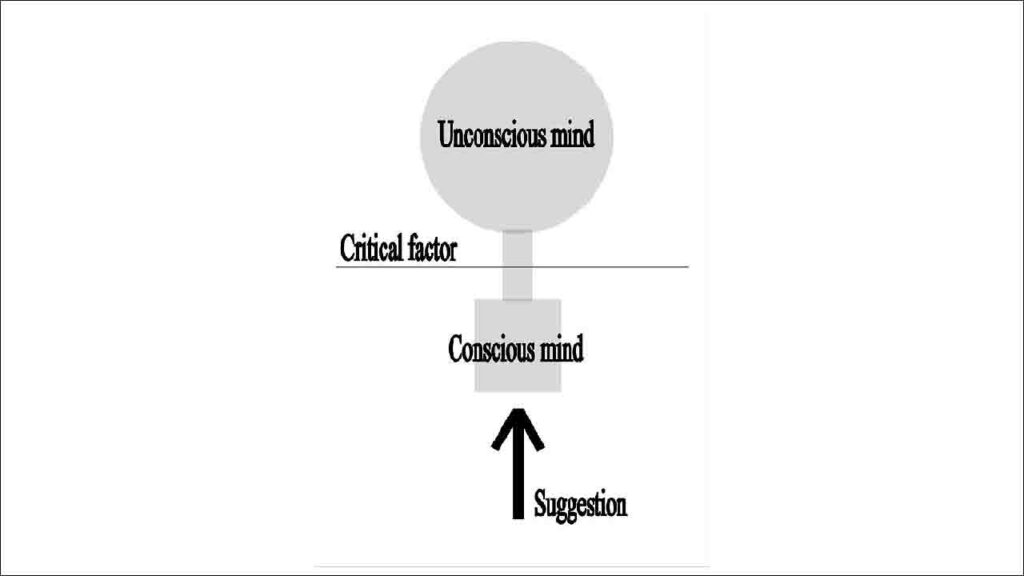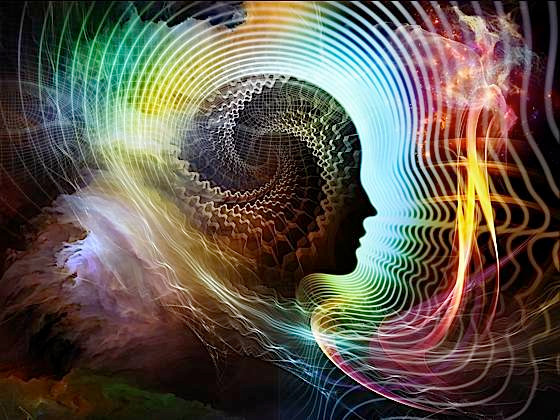By Harold Wijetunge
To understand how hypnosis works and how verbal suggestion can make therapeutic changes to oneself, the theory of mind must first be understood.
The mind can be divided into two distinct parts:-1.) Conscious Mind
2.) Unconscious Mind
Conscious Mind
The part of you that you are most familiar with at the moment, the part of you that has all the thoughts that you are aware of currently. The conscious mind is that part of the mind you are using right now to make sense of this article. It’s that part of you that you know as “you” and that part of you that has been given a name at birth. You are aware of this mind.
Unconscious Mind
The unconscious mind is that vast infinite part of the mind. One does not have to keep consciously beating his or her heart to stay alive, it is done automatically and unconsciously by the unconscious mind.
The unconscious mind is infinite in comparison to the conscious mind. There are many processes carried out by the unconscious mind including, breathing, non-verbal communication, maintaining hormone levels in the body, homeostasis.
The important thing to keep in mind is that the unconscious mind is where all the memories and experiences of an individual are stored. Habits, fears/phobias, limiting beliefs and anxieties are all products of the unconscious mind.
The unconscious mind has no rationality and therefore does not know what suggestions it should accept or reject, for this reason an aspect of the mind which is known as the Critical mind or Critical factor is present.
Critical Factor
The Critical factor may be visualised as a gate between the conscious and the unconscious mind (as shown below in Figure 1). The Critical factor decides what suggestions may be allowed to enter the unconscious mind (as the unconscious mind has no rationality and will accept anything that is suggested).

The Process of Suggestion
Let us break down the process of suggestion using a simple everyday example of how suggestion takes place in our lives.
Imagine you’re are having dinner with one of your closest friends and you notice that you glass of water is empty so you say to your friend ‘please pass me the jug of water’. Immediately your friend passes you the jug of water. This simple interaction involved the use of an unconscious mechanism involving the theory of mind discussed above in order to carry out the given suggestion. The Suggestion was “pass me the jug of water” this suggestion was suggested by you and is registered by the conscious mind of your friend which consciously hears it through his/her ears and this is processed by the conscious mind and passed over to the critical factor. The critical factor evaluated the advantages and disadvantages of allowing the suggestion to pass into the unconscious mind. In this particular scenario the positives out-weighed the negatives and therefore the critical factor (the “gate”opened) allowed the suggestion to pass into the unconscious mind. Since the unconscious mind has no rationality, it immediately received the suggestion, processed its meaning by comparing it to past experiences and immediately responded by carrying out the given suggestion which was in this case “passing the jug of water”. This is a natural process for many of the decisions made during daily life that happens in a fraction of a second.

What is Trance?
The brain operates at various frequencies, depending on what frequency your brain is operating at, your brain would be releasing different chemicals whether you were awake, asleep, dreaming , relaxed or excited.
A trance is merely an altered state of consciousness where your brain is operating at a specific frequency (Theta state). When you’re perhaps in deep concentration and working on a mathematical operation your brain would be operating at a higher rate and you would be in “Beta state”. Once this operation is done and you are calm and relaxed but yet still slightly alert, your brain would now be operating in “Alpha state”. When you are asleep your brain has the least amount of activity and would be operating in “Delta state”. In between the Alpha and the Delta state exists the Theta state, this state is what is most referred to as Trance. This is the same brain wave state one is operating at when in meditation, watching a movie, driving home from work or engrossed in a very interesting conversation. Perhaps you have woken up in the middle of the night and wanted to go to the bathroom or get a glass of water, you’ve gotten out of bed and you feel really relaxed and all you wanted to do was get back to bed, this is the same state which we would be working with in Clinical Hypnosis. Trance is a naturally occurring phenomenon.
How does Hypnosis work?
We have discussed the various parts of the mind, the process of suggestion, brain wave states and what trance really is, therefore now we can discuss how hypnosis really works. The Hypnotherapist induces the trance state in an individual by using a technique known as “Hypnotic Induction”. A hypnotic induction is usually carried out by verbal means and composed of structured hypnotic language delivered in a rhythmic hypnotic tone which is psychologically constructed to bypass the Critical factor and directly impress upon the unconscious mind.
As we have discussed earlier, the unconscious mind has no rationality and since the critical factor which is its center of its rationality has been bypassed by the induction through suggestions of relaxation, the trance state (Theta Brain wave state) is induced.
When the brain is operating in the trance state, the critical factor of the mind is partially dormant and therefore interaction with the unconscious mind without the interference of the critical factor can then take place.
The hypnotherapist may then carry out the required work for the therapeutic benefit or empowerment of the Client.
Although the critical factor may be temporarily dormant, and the hypnotherapist may make suggestions according to the client’s individual needs, if any suggestion is made that contradicts the client’s morals or beliefs are made, the critical factor will instantly become active once more and the trance will be broken. A client is always aware of what is being said during a hypnotic trance and can break out willfully whenever desired.
In conclusion, we can see now that hypnosis is a science and an art, it is a natural state of altered consciousness that every single one of us shifts naturally in and out of many times a day on a daily basis and therefore it is impossible to get stuck in trance.
Hypnosis therefore is a natural and safe form of therapy that has achieved astounding results and improved the lives of individuals all over the world.











